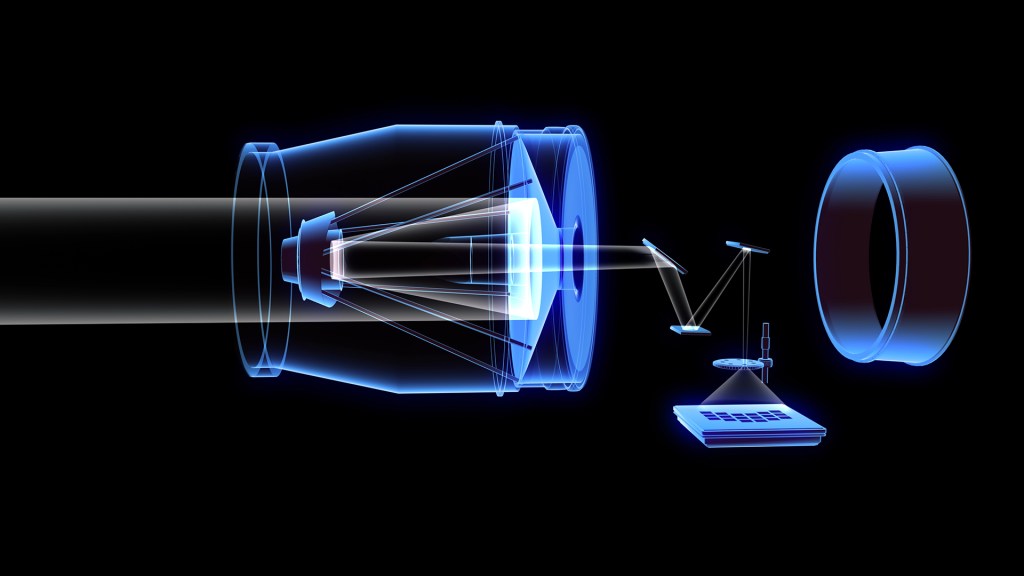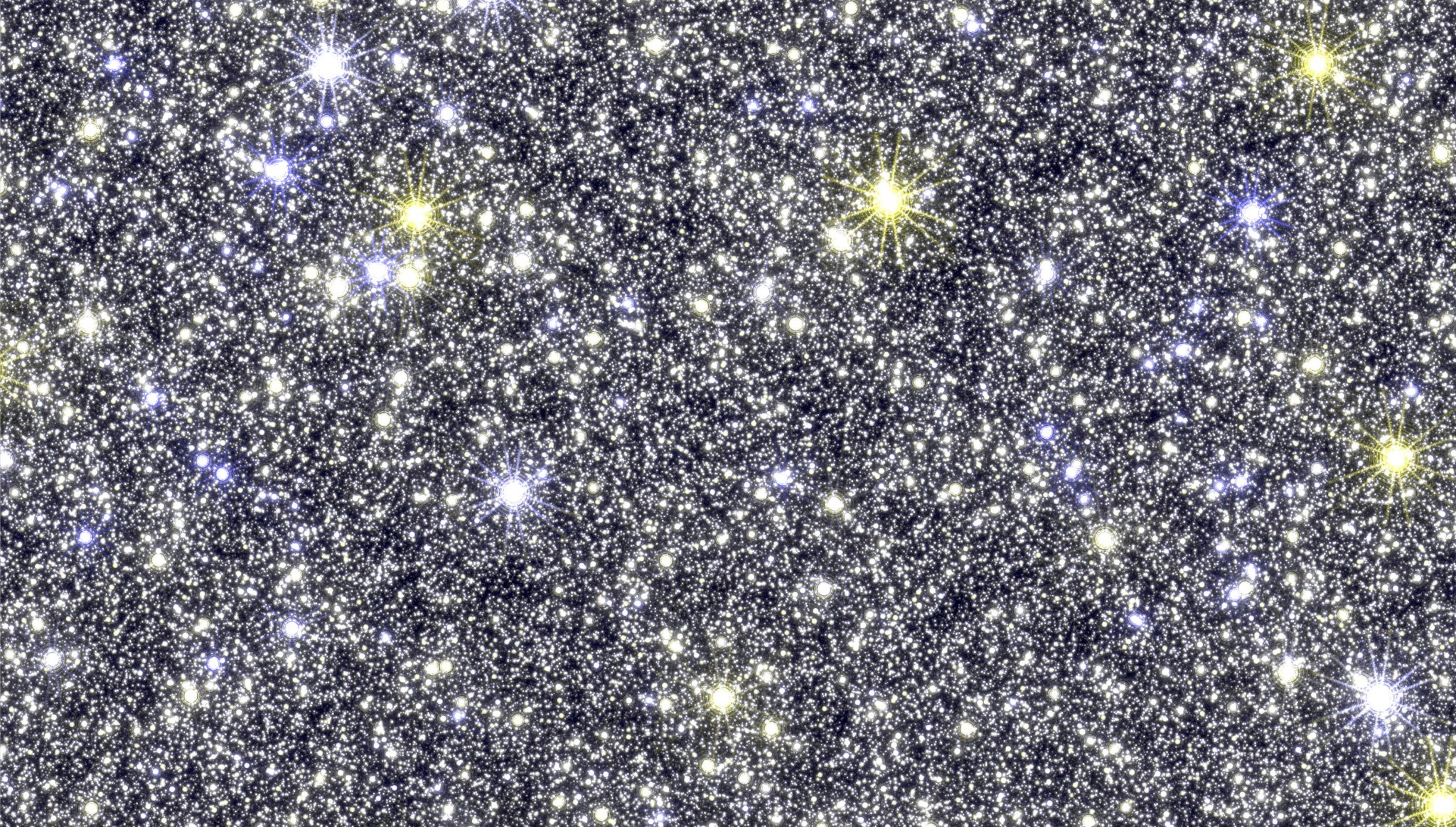This survey will provide one of the deepest views ever into the heart of our galaxy.
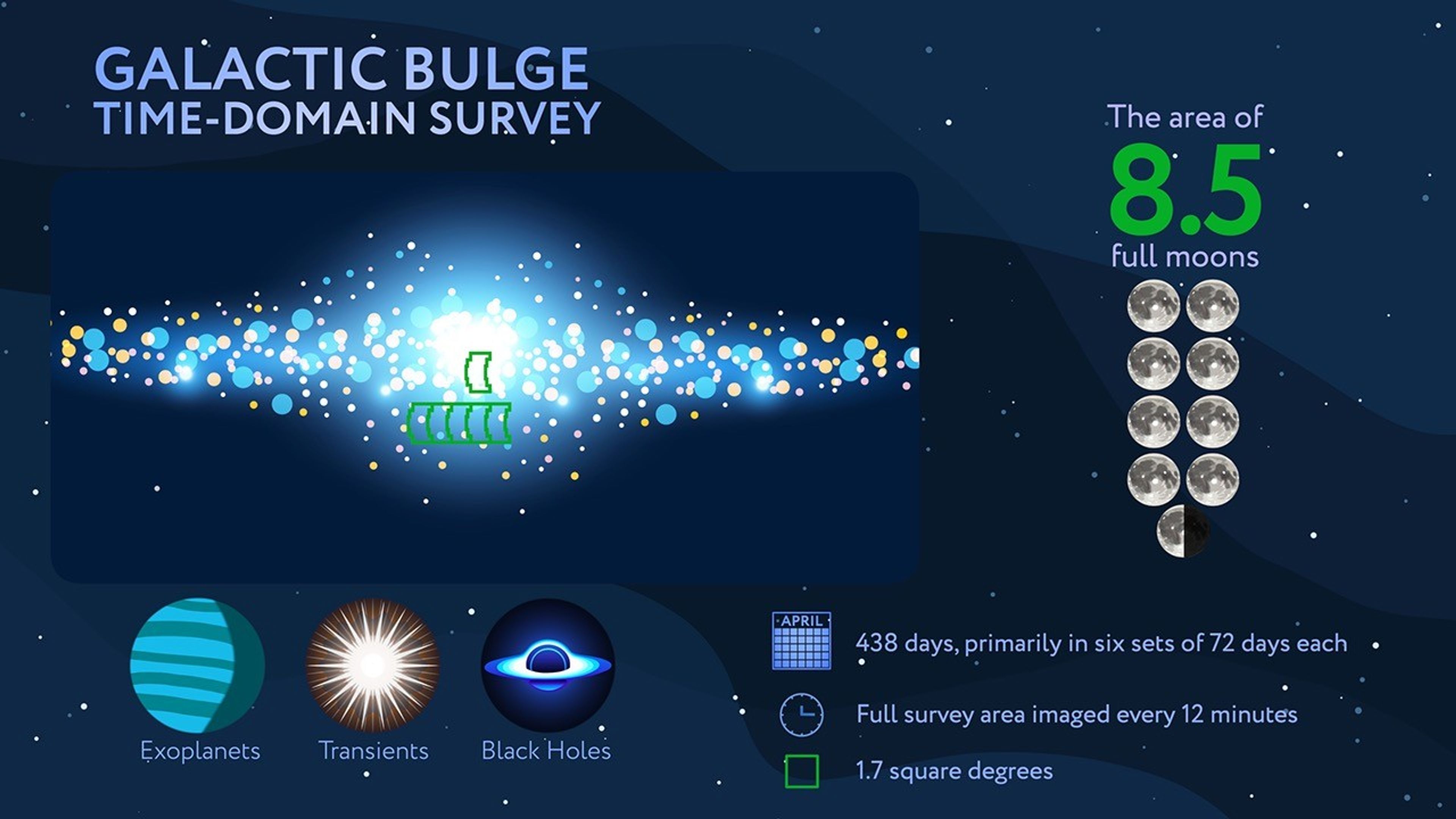
Tracking how hundreds of millions of stars change in brightness will unveil 100,000 more exoplanets including rogue planets, find isolated black holes, and help astronomers probe stellar interiors.
The mission will monitor hundreds of millions of stars in search of tell-tale flickers that betray the presence of planets, distant stars, small icy objects that haunt the outskirts of our solar system, isolated black holes, and more.
Roman will likely set a new record for the farthest-known exoplanet, offering a glimpse of a different galactic neighborhood that could be home to worlds quite unlike the more than 5,900 that are currently known.
The mission will scour the center of the Milky Way for microlensing events, which occur when an object such as a star or planet comes into near-perfect alignment with an unrelated background star from our viewpoint. Because anything with mass warps the fabric of space-time, light from the distant star bends around the nearer object as it passes close by. The nearer object therefore acts as a natural magnifying glass, creating a temporary spike in the brightness of the background star’s light. That signal lets astronomers know there’s an intervening object, even if they can’t see it directly.
Astronomers expect the survey to reveal more than a thousand planets orbiting far from their host stars and in systems located farther from Earth than any previous mission has detected. That includes some that could lie within their host star’s habitable zone — the range of orbital distances where liquid water can exist on the surface—and worlds that weigh in at as little as a few times the mass of the Moon.
Roman can even detect “rogue” worlds that don’t orbit a star at all using microlensing. These cosmic castaways may have formed in isolation or been kicked out of their home planetary systems. Studying them offers clues about how planetary systems form and evolve.
Some of the objects the survey will identify exist in a cosmic gray area. Known as brown dwarfs, they’re too massive to be characterized as planets, but not quite massive enough to ignite as stars. Studying them will allow astronomers to explore the boundary between planet and star formation.
Roman is also expected to spot more than a thousand neutron stars and hundreds of stellar-mass black holes. These heavyweights form after a massive star exhausts its fuel and collapses. The black holes are nearly impossible to find when they don’t have a visible companion to signal their presence, but Roman will be able to detect them even if unaccompanied because microlensing relies only on an object’s gravity. The mission will also find isolated neutron stars – the leftover cores of stars that weren’t quite massive enough to become black holes.
A type of shadow play will reveal 100,000 transiting planets between Earth and the center of the galaxy. These worlds cross in front of their host star as they orbit and temporarily dim the light we receive from the star. This method will reveal planets orbiting much closer to their host stars than microlensing reveals, and likely some that lie in the habitable zone.
Scientists will also conduct stellar seismology studies on a million giant stars. This will involve analyzing brightness changes caused by sound waves echoing through a star’s gaseous interior to learn about its structure, age, and other properties.
All of these scientific discoveries and more will come from Roman’s Galactic Bulge Time-Domain Survey, which will account for less than a fourth of the observing time in Roman’s five-year primary mission. Its broad view of space will allow astronomers to conduct many of these studies in ways that have never been possible before, giving us a new view of an ever-changing universe.
Why NASA’s Roman Mission Will Study Milky Way’s Flickering Lights
NASA’s Nancy Grace Roman Space Telescope will provide one of the deepest-ever views into the heart of our Milky Way…
Read the Story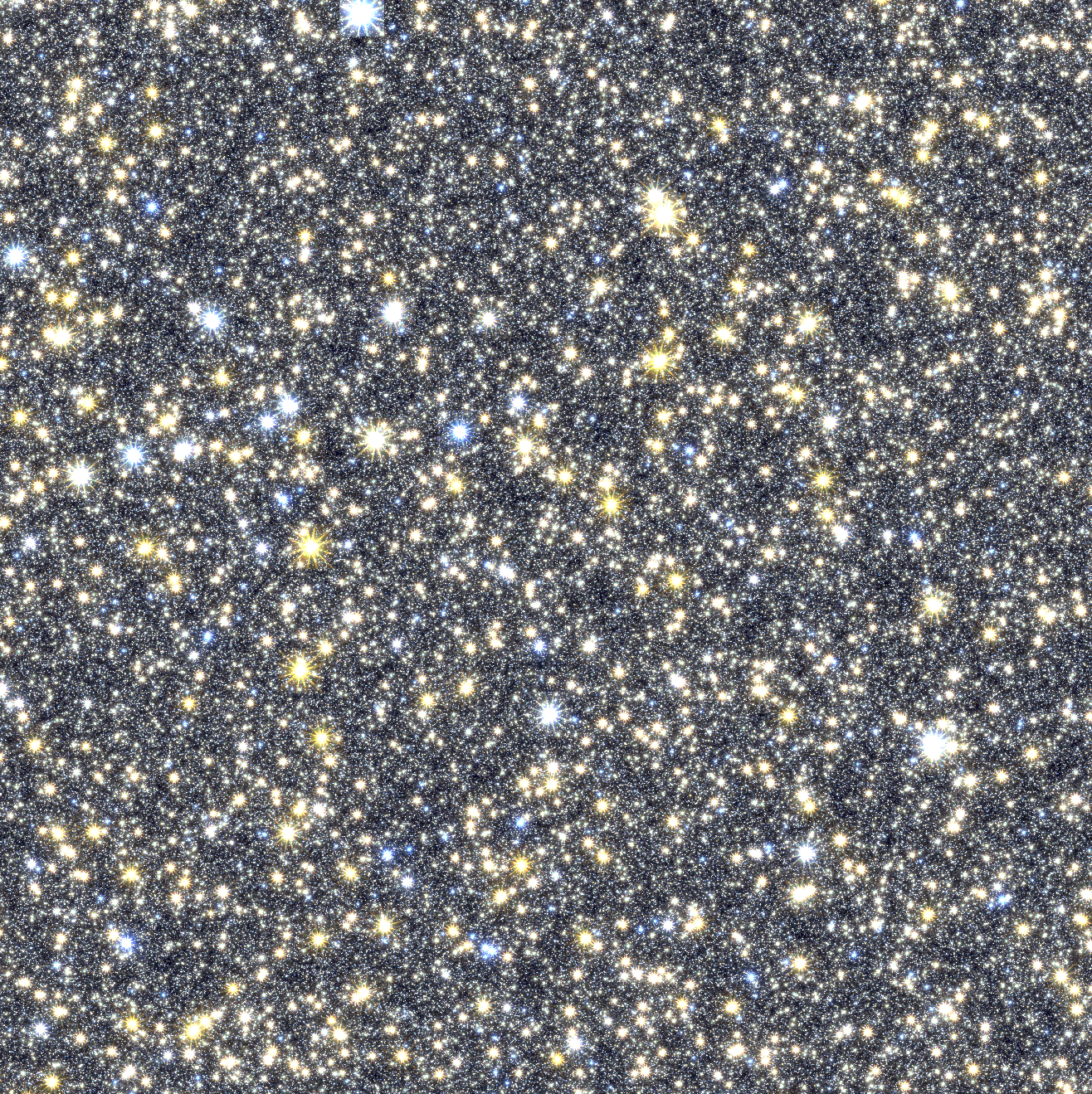
Microlensing
The vast majority of known exoplanets are exotic compared to the ones in our solar system. Scientists expect Roman’s surveys to find some wild worlds too, but it will specialize in finding planets in the habitable zone of their star and farther out, including analogs to nearly every planet in our solar system.
Learn More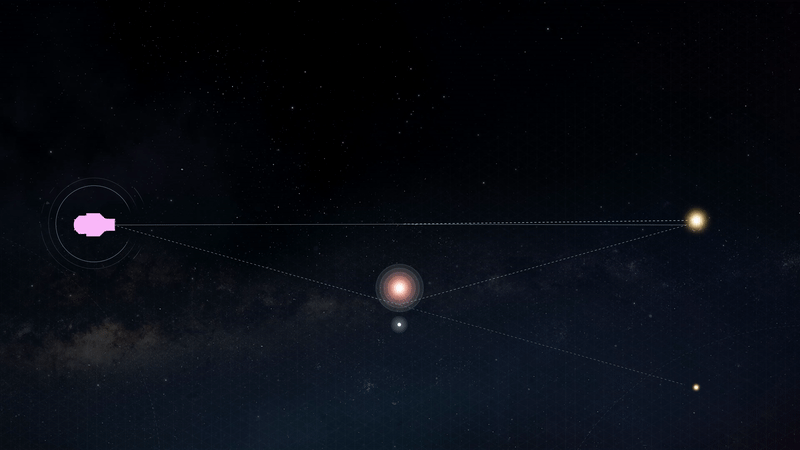
Wide Field Instrument
The Wide Field Instrument (WFI) is a 300-megapixel infrared camera that will allow scientists to explore the cosmos all the way from the edge of our solar system to the farthest reaches of space.
Learn More